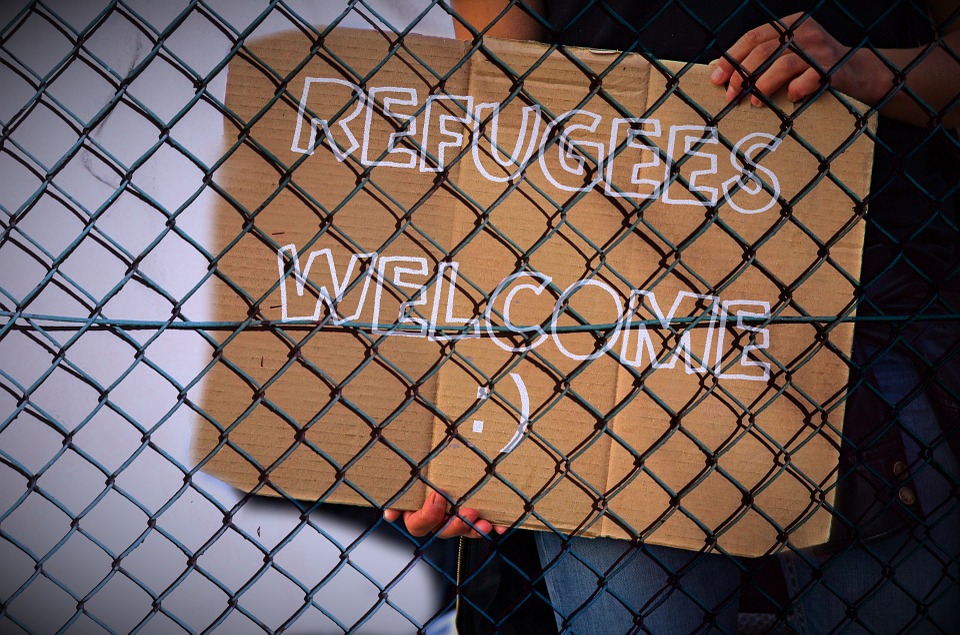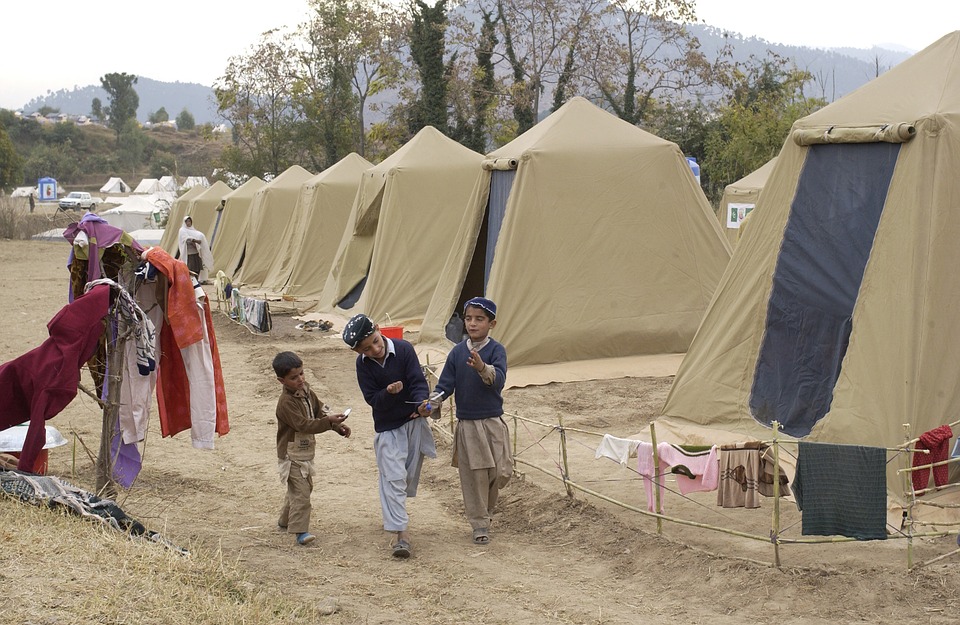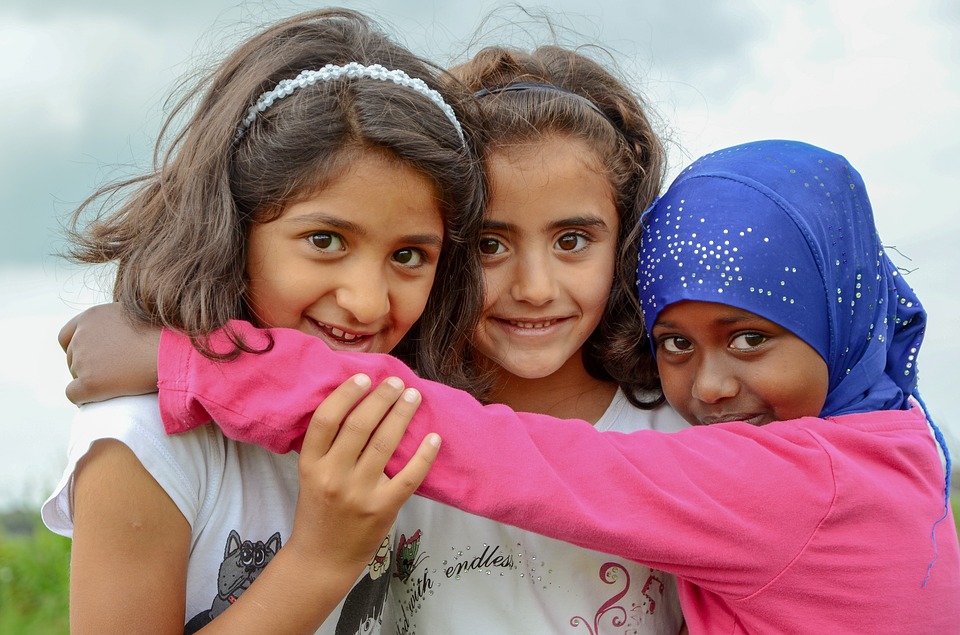Author: Bao Jeff
Where do international humanitarian aid funds come from? Where does it flow? What are the major international humanitarian agencies? What challenges are faced?
Total words2330About4minutes
United Nations data shows that in 2022, 274 million people around the world will face humanitarian crises due to natural disasters, wars or conflicts, of which 183 million people are in urgent need of humanitarian assistance. This number is up significantly from the previous year and reaches the highest level in decades. The United Nations and its partners urgently need $41 billion to address the urgent humanitarian needs of 183 million people.
Where do international humanitarian aid funds come from?
Government grants are a major source of funding for humanitarian aid worldwide. In 2019, the thirty member countries of the OECD DAC donated a total of US$17.9 billion for humanitarian assistance, accounting for 12.8% of the total official development assistance of relevant countries that year. In 2019, the international humanitarian aid donations of the United States, Turkey and the United Kingdom were US$9.3 billion, US$7.6 billion and US$2.4 billion respectively, ranking among the top three humanitarian aid providers in the OECD DAC.
Unofficial donations from individuals, businesses, foundations and other organizations provide important financial support for international humanitarian operations. In 2019, unofficial humanitarian donations reached US$6.8 billion, an increase of 9% from the previous year. Among them, individual donations are the largest source of unofficial humanitarian funds. In 2019, global individual humanitarian donations reached US$5 billion, accounting for 74% of the total unofficial funds; the total humanitarian donations of the Red Cross and foundations were US$391 million and 513 million respectively, accounting for 6% and 6% of the total unofficial aid. 8%; humanitarian donations from enterprises account for about 5% of the total unofficial funds.

Where does international humanitarian aid go?
The global humanitarian needs of nearly 60% are concentrated in the Middle East, North Africa, and central and western Africa. In recent years, humanitarian needs in Asia have increased sharply, and the conflict between Russia and Ukraine that broke out on February 24 may trigger the largest humanitarian crisis in Europe this century.
The COVID-19 epidemic has led to humanitarian assistance needs in more countries around the world. In 2020, a total of 112 countries around the world received more than US$5 million in humanitarian assistance. A large amount of humanitarian aid is concentrated in a few countries. In 2020, Syria replaced Yemen as the world's largest inflow of humanitarian aid. That year, 57% of global humanitarian aid funds flowed into 10 countries including Syria, Yemen, Lebanon, South Sudan, and the Democratic Republic of the Congo, and another 32% of humanitarian aid funds flowed into the next ten countries.
What are the main international humanitarian agencies?
In 2020, 117 humanitarian workers were killed, 242 injured and 125 kidnapped around the world. Humanitarian agency staff, including the United Nations and non-governmental organizations, take great risks to provide humanitarian services in the world's most dangerous places, including wars and conflicts.
United Nations World Food Program (WFP)It is the world's largest humanitarian organization and the winner of the 2020 Nobel Peace Prize. WFP works to fight hunger, providing emergency food assistance and supporting communities to improve nutrition. WFP works in more than 80 countries and provides assistance to approximately 80 million people every year. Two-thirds of WFP's work takes place in conflict-affected countries.
United Nations Refugee Agency (UNHCR)Committed to saving lives, protecting rights, and building a better future for refugees, displaced persons, and stateless people, he has won the Nobel Peace Prize twice. UNHCR leads and coordinates international action to ensure that refugees have the option to seek asylum and refuge in another country, voluntarily return home, integrate locally or settle in a third country.
United Nations Children's Fund (UNICEF)Save children's lives, defend their rights and help them realize their potential through long-term and emergency assistance. UNICEF provides water, sanitation and hygiene (WASH), nutrition, education, vaccination, protection and other emergency assistance and services to children in the world's harshest environments and emergencies. In 2018, UNICEF responded to 285 emergencies in 90 countries.
International Federation of Red Cross and Red Crescent Societies (IFRC)It is the world's largest humanitarian network dedicated to emergency work such as disaster relief, health training and providing essential goods such as water, food and medical supplies to meet the humanitarian needs of vulnerable people and improve their lives. IFRC supports local Red Cross and Red Crescent operations in more than 192 countries, mobilizing nearly 14 million volunteers and providing humanitarian services to approximately 160 million people each year.
International Organization for Relief of Poverty (CARE)It is a global non-governmental organization dedicated to poverty eradication, emergency relief, food security, climate change and women's rights. CARE provides emergency health services in emergencies such as natural disasters, war, and conflict, addresses the challenge of hunger, and supports female leadership. In 2020, CARE worked in 104 countries around the world and implemented 1,349 poverty alleviation development and humanitarian assistance projects, covering approximately 90 million people.
Doctors Without Borders (MSF)It is an independent international humanitarian medical relief organization. MSF is committed to providing emergency medical assistance to people affected by armed conflicts, epidemic diseases and natural disasters, and those who are unable to obtain medical support. MSF's core work is to provide emergency medical assistance to people affected by armed conflicts. Tens of thousands of medical, logistics and management professionals around the world participate in humanitarian emergency relief work through MSF. MSF works in more than 70 countries around the world.
United Nations Office for the Coordination of Humanitarian Affairs (OCHA)Convening and coordinating the humanitarian response operations of different humanitarian aid agencies, expanding the scope of humanitarian operations and reducing duplication, ensuring that those most in need receive humanitarian assistance and protection. OCHA and partners promote more efficient humanitarian emergency response through coordination, advocacy, policy, information management and humanitarian financing tools and services.

What challenges does international humanitarian assistance face?
Humanitarian aid helps people flee disease, famine and death in conflicts, wars and natural disasters, but it also faces multiple challenges.
First, the gap between the scale of global humanitarian needs and available resources continues to widen. On the one hand, conflicts around the world are increasing and some conflicts are lengthening. Climate change has led to more extreme weather. The COVID-19 epidemic is raging around the world. The combination of multiple factors has led to the ever-expanding scale of global humanitarian needs. On the other hand, international humanitarian aid funding from donor governments has been relatively stable, and some countries have experienced declines in their budgets. In 2021, some major humanitarian crises around the world received less than half of their humanitarian needs.
Second, donor drive and media attention affect the flow of funds. Since the scale of global humanitarian needs is far greater than humanitarian aid resources, the attention and media publicity of donor governments have an important impact on whether humanitarian crises can obtain aid funds. If a humanitarian crisis does not appear on the political agenda of donor countries or in mainstream news media, official and unofficial financial support can quickly flow to other higher-profile humanitarian crises. Once the political or media attention received by some protracted conflicts decreases, it will trigger more complex humanitarian challenges such as food and health crises.
Third, humanitarian coordination needs to be strengthened. The number of participants in humanitarian aid continues to increase as more governments and non-governmental organizations from emerging economies join the effort. This change has brought increased resource support and made coordinating humanitarian assistance more complex. During conflicts, wars and disasters, humanitarian needs rapidly erupt and continue to change in a short period of time. A large number of donor agencies and implementing agencies pour in in a short period of time, and infrastructure such as transportation and communications is paralyzed, further making coordination more difficult. Scientific and effective coordination, communication and management of humanitarian aid information remains a huge challenge.
All rights reserved, please indicate the source when citing.
References
https://msf-crash.org/en/publications/war-and-humanitarianism/war-and-humanitarian-aid
https://www.wfp.org/humanitarian-support-and-services
https://www.unicef.org/syria/reports/wash-section-facts-and-figures
https://syria.un.org/en/137875-2021-humanitarian-needs-overview-syrian-arab-republic
https://www.who.int/health-cluster/resources/publications/hc-guide/HC-Guides-chapter-1.pdf
https://www.wfp.org/countries/afghanistan
https://www.wfp.org/conflict-and-hunger
https://www.oecd.org/derec/50189439.pdf
https://www.un.org/en/our-work/deliver-humanitarian-aid
https://www.unhcr.org/mid-year-trends
https://humanitariangrandchallenge.org/grand-challenges-in-humanitarian-aid/
Past review
- Understanding Humanitarian Assistance through the Lens of the Russia-Ukraine War
- Afghanistan: Where Does International Aid Come From and Where Will It Go?
- Recapping International Development in 2021
- COVID-19 Likely to Reshape the Multilateral Governance System
- New SDR Holds Promise to Alleviate Debt Risks in Developing Countries


Comment (1)
Milagro| August 30, 2023
Hey! I'm at work browsihg your blog from mmy new iphone!
Just wanted to say I love reacing through your blog and look forward to
all your posts! Keep up the outstanding work!